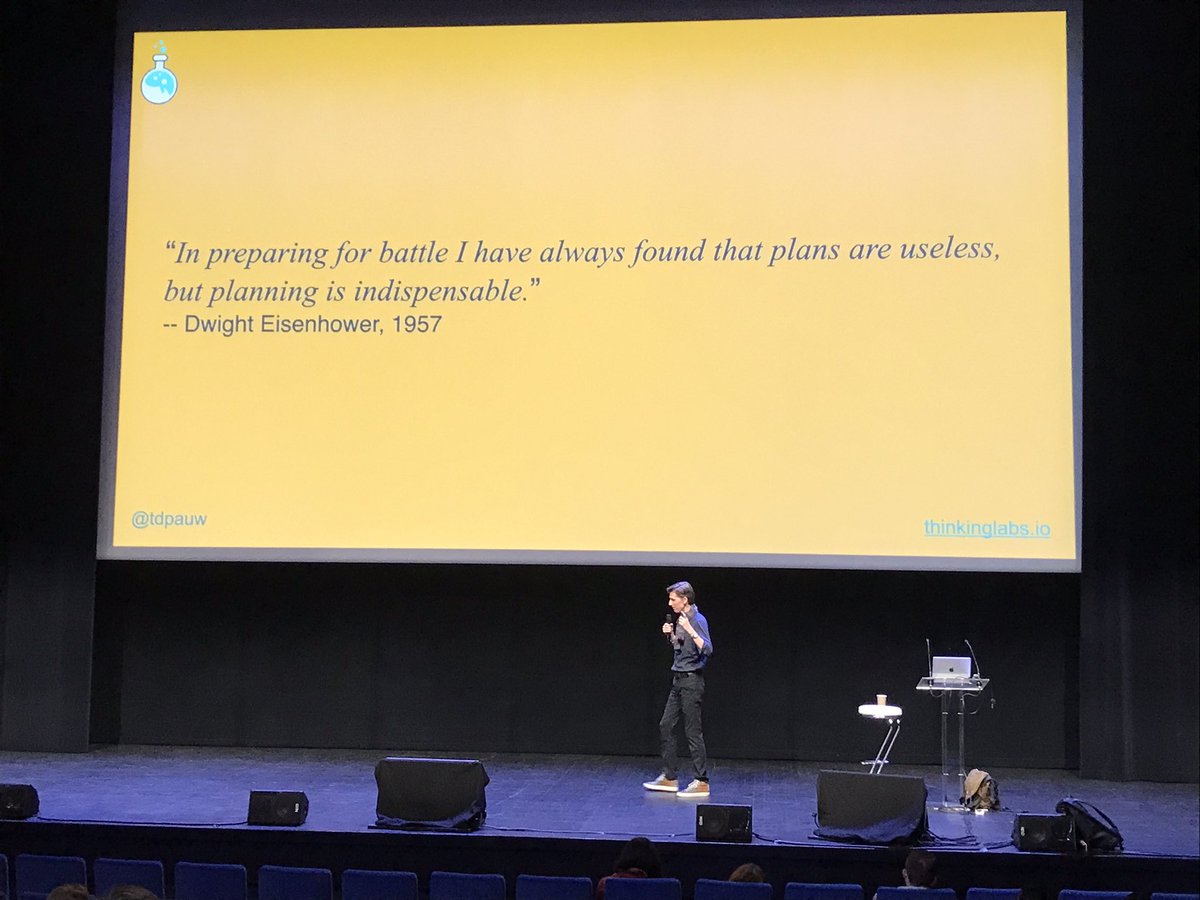
"You Build It You Run It" sounds great but it won’t work here
🎤 Opening Keynote by @SteveSmith_Tech #flowcon
🎤 Opening Keynote by @SteveSmith_Tech #flowcon

"You Build It You Run It" is an operating model in which #product teams build, deploy, operate, and support their own #digital services.
Bethan Timmins & Steve Smith
Bethan Timmins & Steve Smith
They have written a playbook with tips and best practices, it’s available on the web, check it out ⤵️ 

How do you know *when* to do -or not to do- You Build It You Run It?
If you really have a very high financial exposure on failure, and/or have a high #product feature demand then use the model. #flowcon
If you really have a very high financial exposure on failure, and/or have a high #product feature demand then use the model. #flowcon

What does ‘You Build It You Run It’ for digital services look like? #flowcon 



Companies always tell Steve ‘You Build It You Run It’ is great but it won’t work for them.
They all have reasons for telling him that.
#flowcon
They all have reasons for telling him that.
#flowcon

1️⃣ If you think #devs won’t want to do it:
–Ensure teams know the org is in peril without #change
–Listen to people’s concerns so you have a full understanding of what’s wrong
–Commit to putting things right, and start by compensating them when they’re on-call
–Ensure teams know the org is in peril without #change
–Listen to people’s concerns so you have a full understanding of what’s wrong
–Commit to putting things right, and start by compensating them when they’re on-call

2️⃣ You think it will maximize operational costs and it won’t scale?
–Accept an operating model is multi-cost insurance for customer outcomes
–Understand where you can quickly lose money
–Map out which digital services need 24/7 cover and which don’t, put the right teams on them

–Accept an operating model is multi-cost insurance for customer outcomes
–Understand where you can quickly lose money
–Map out which digital services need 24/7 cover and which don’t, put the right teams on them


3️⃣ "Nobody would be accountable"?
Split the RACI table. Explain why shifting accountability onto teams will help deliver customer outcomes
TRUST YOUR PEOPLS TO DO THE RIGHT THING. #flowcon
Split the RACI table. Explain why shifting accountability onto teams will help deliver customer outcomes
TRUST YOUR PEOPLS TO DO THE RIGHT THING. #flowcon

4️⃣ You haven’t made incident management self service.
–Help the whole org understand how workloads are intricate and impact the mission
–Map the workflow and automate anything you can
–Foster training days to practice and learn

–Help the whole org understand how workloads are intricate and impact the mission
–Map the workflow and automate anything you can
–Foster training days to practice and learn


5️⃣ Developers would be firefighters?
–Learn to manage unplanned work: track BAU work items in your system
–Visualize per-team rework rate calculating the % of unplanned work on each item
–Boost developer experience by automating their user journeys
–Learn to manage unplanned work: track BAU work items in your system
–Visualize per-team rework rate calculating the % of unplanned work on each item
–Boost developer experience by automating their user journeys

➡️ It will be new, it will be okay. Just start small, communicate enough, pick a team, allow mistakes to be made. #flowcon 



• • •
Missing some Tweet in this thread? You can try to
force a refresh



























